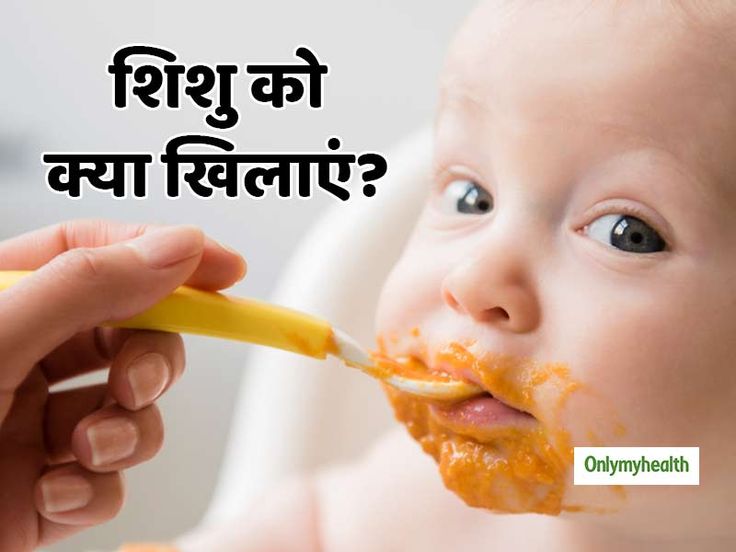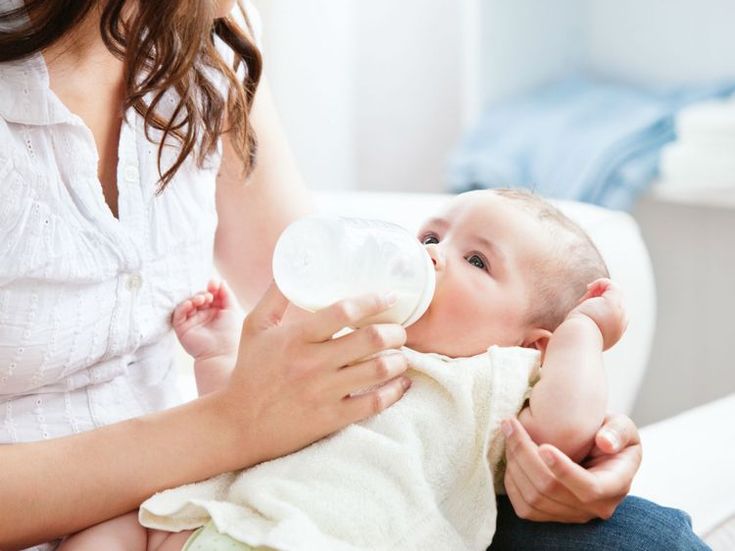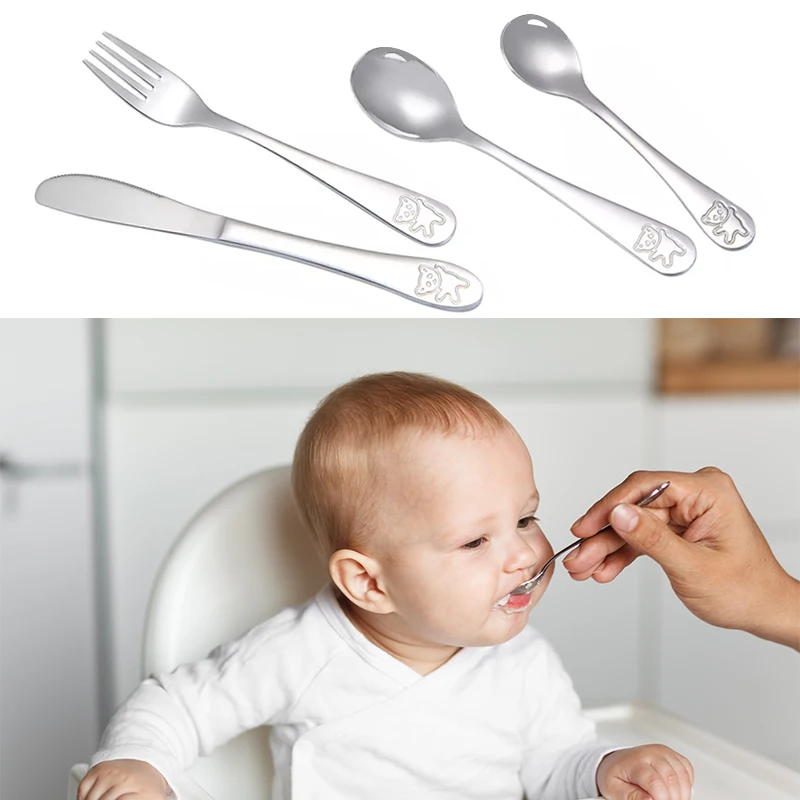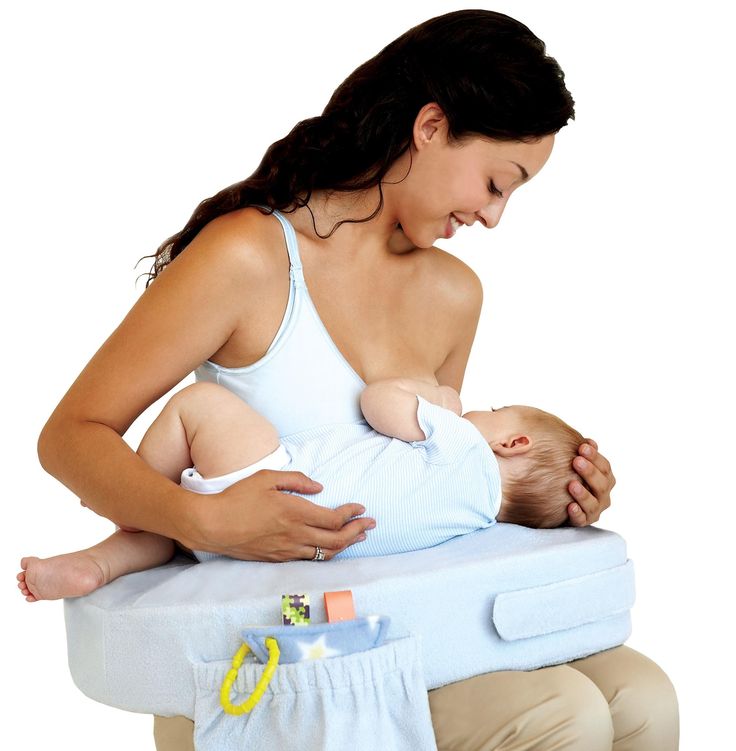Tips for feeding baby with a spoon
Spoon, Cup and Paced Bottle Feeding
Feedback
View more
Spoon feeding
Cup feeding
Paced Bottle Feeding
Supplemental Nursing System (SNS) and Nipple Shields
Some reasons for different feeding methods include:
- Baby or mother's health and medical condition
- Mother is not making enough milk for a number of reasons including breast injury, and surgery
- Separation of mother and baby (for example, illness, surgery, or adoption)
- Use of necessary medication that is not safe to take while breastfeeding/nursing.
| How do I know if my baby is hungry? | ||||||||
Babies need to feed a lot in the early days. Your baby has many ways to tell you they are hungry. These signs are called feeding cues. Your baby is hungry when you see these feeding cues:
Your baby is full when:
Following your baby's feeding cues will:
Remember.
| ||||||||
| Skin-to-Skin: Get to know your baby | ||||||||
What is Skin-to-Skin?
Skin-to-Skin Right after Birth
Older Babies Enjoy Skin-to-Skin too | ||||||||
| How do I know my baby is getting enough milk? | ||||||||
| Most mothers will make as much milk as their baby wants. The amount of milk made depends on the amount of milk removed from the breast by feeding, pumping or expressing.
|
Spoon feeding
You can give expressed breast milk to your baby using a spoon. This method works best if your baby leads it and controls the speed of the feeding . Spoon feeding your baby instead of using an artificial nipple can help to reduce the risk of nipple confusion.
- Put a bib on your baby, because some breast milk may spill.
- Sit your baby up on your lap using one hand to support your baby's upper back and neck.
- Bring spoon to your baby's mouth and tip so that the breast milk just touches your baby's lips.
 It should NOT be poured into your baby's mouth.
It should NOT be poured into your baby's mouth. - Your baby will lap the breast milk up by moving his tongue forward.
- Allow your baby time to swallow before refilling spoon and offering more breast milk. This will let your baby control the speed of the feeding.
Cup feeding
Babies of all ages are able to drink from a cup (even small premature babies). You can start giving expressed breast milk in a small plastic or glass cup such as a medicine cup .
- Put a bib on your baby, because some breast milk may spill.
- Sit your baby up on your lap using one hand to support your baby's upper back and neck.
- Place edge of the cup gently against your baby's bottom lip and tip so that the breast milk just touches your baby's lips. It should NOT be poured into your baby's mouth. Your baby will lap the breast milk up by moving his tongue forward.
- Keep cup tipped during feeding so that the breast milk is always in contact with your baby's lips.
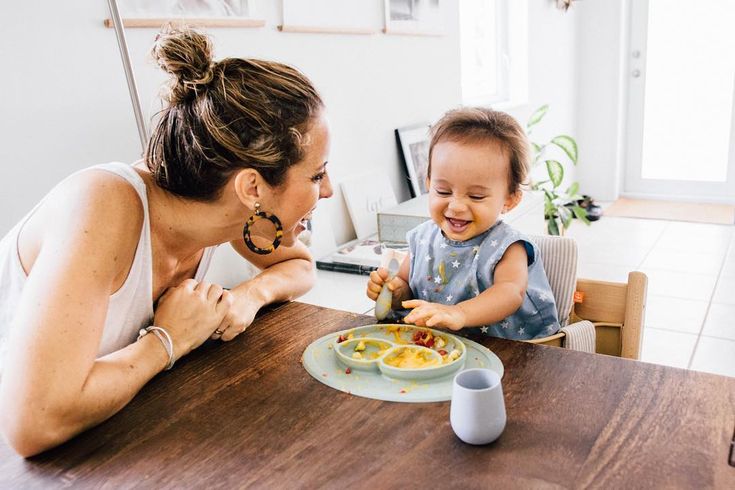 This will let your baby control the speed of the feeding.
This will let your baby control the speed of the feeding.
Paced Bottle Feeding
The way a baby sucks on a bottle nipple or pacifier is very different from how a baby sucks at the breast. For this reason it is best to not introduce any bottles until after breastfeeding is going well. This is usually about 4 to 6 weeks after your baby is born. Giving your baby a bottle before breastfeeding is going well can affect breastfeeding/nursing including building up your milk supply.
Paced bottle feeding is when you control or pace the flow of milk to be like breastfeeding/nursing. It also helps your baby keep breastfeeding/nursing behaviours while they feed from the bottle. Here is how to pace feeds:
- Hold your baby in an upright position, supporting their head and neck with your hand.
- Feed your baby skin-to-skin if possible.
- Use a wide-based, slow-flow nipple.
- Touch your baby's upper lip with the bottle nipple until your baby opens their mouth wide.

- Tip bottle horizontally. Let your baby pull the nipple into their mouth so their lips close on the wide base of the bottle nipple.
- Keep nipple partially full as it will help your baby control flow better. Your baby will naturally swallow air during feeds.
- If your baby gets tense or gulps, stop feed. Stop the feed by tilting bottle down to stop flow but keeping bottle nipple in contact with your baby's lower lip. This way your baby can pull the nipple back into their mouth.
- Your baby will learn to take breaks and 3 to 5 second pauses on their own usually after the fourth or fifth suck and as needed.
- When you think your baby is nearly full, twist and remove bottle keeping the nipple lying on your baby's lip as described above. If your baby takes bottle again, let your baby feed for a short period (for example, 5-10 swallows) and repeat process. When your baby has had enough to drink they will not open their mouth when you try to give them the bottle.
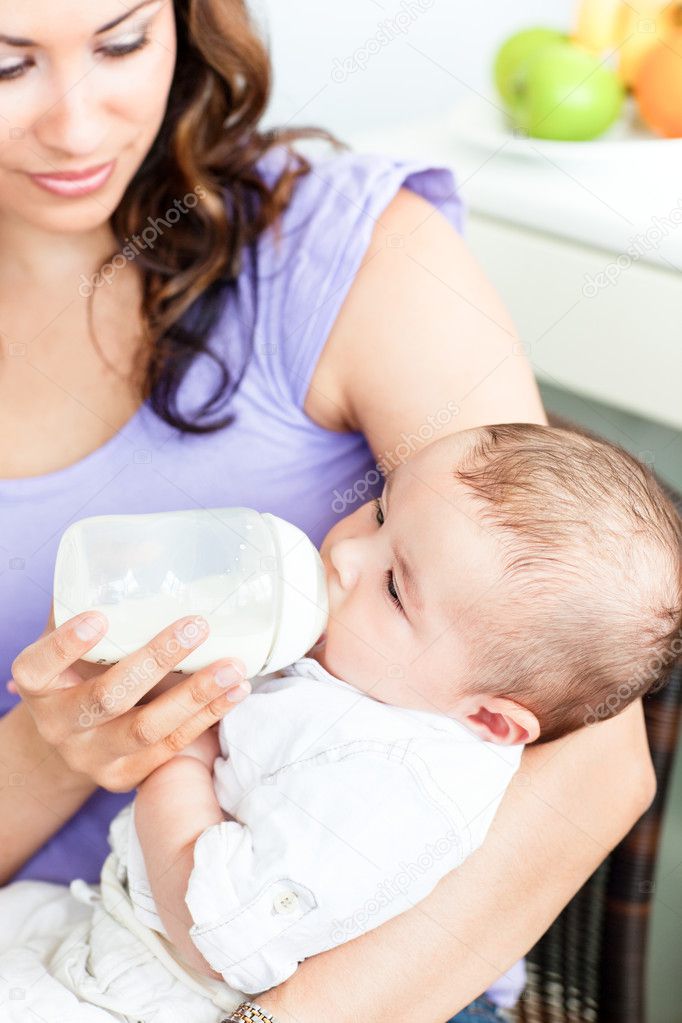 This is 1 sign a baby uses to let you know they are full.
This is 1 sign a baby uses to let you know they are full. - Throw away any breast milk left in the bottle after the feeding.
Supplemental Nursing System (SNS) and Nipple Shields
You should not start the use of these aids on your own. Talk to a Lactation Consultant or your health care provider about if you need to use them. To find a Lactation Consultant in your area, visit Ottawa Valley Lactation Consultants.
Do you have more questions about parenting?
- Speak with a Public Health Nurse. Call the Ottawa Public Health Info Centre at 613-PARENTS [613-727-3687] (TTY: 613-580-9656) or email Ottawa Public Health at [email protected]
- Connect with a Public Health Nurse and other parents on the Parenting in Ottawa Facebook page
- There are a variety of services to make it easier for your child to grow up healthy in Ottawa
September 2019
Partners
6 Spoon-Feeding Techniques to Create Lifelong Healthy Eating Habits | by My Baba
Nancy Ripton and Melanie Potock, authors of ‘Baby Self-Feeding’, encourage you to make your own informed decision on whether or not to feed your baby purees.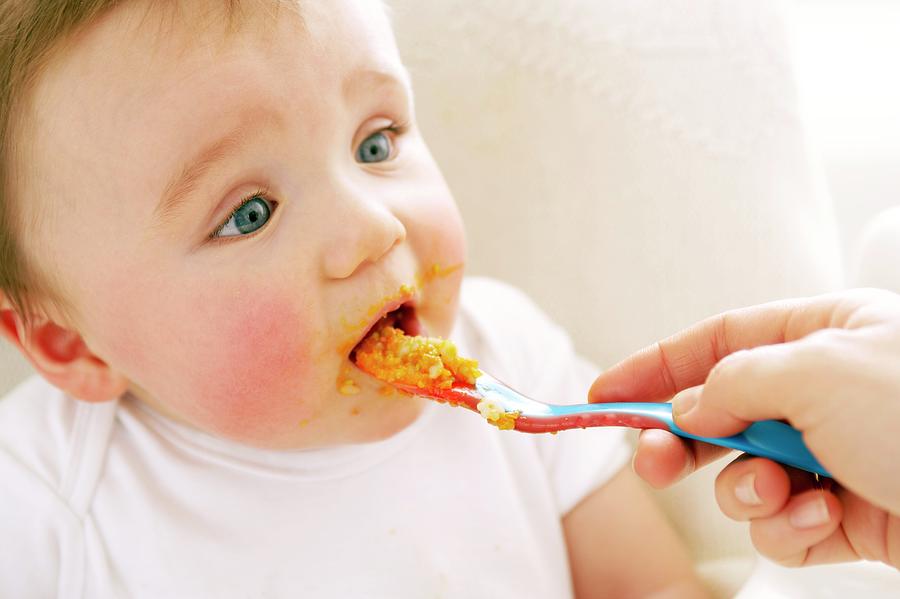 Like finger foods, purees play an important role in mouth development and learning to accept different food tastes and textures. In their view, purees should be a part of your child’s early food experience and beyond, in conjunction with safe finger or handheld foods. Young children can handle different tastes, textures, and feeding experiences. Sampling a variety of foods now leads to a child who is a more adventurous eater later in life.
Like finger foods, purees play an important role in mouth development and learning to accept different food tastes and textures. In their view, purees should be a part of your child’s early food experience and beyond, in conjunction with safe finger or handheld foods. Young children can handle different tastes, textures, and feeding experiences. Sampling a variety of foods now leads to a child who is a more adventurous eater later in life.
The Role of Early Spoon-Feeding
Spoon-feeding your baby purees plays a specific, useful role. Babies develop better lip control and movement as they suck a puree off a spoon. It also limits the amount of food your baby will spit out and gets more food into your baby’s tummy. However, most parents place the spoon in their child’s mouth and then scrape the food off on the top of their baby’s lip as they remove the spoon. Instead, you can teach your baby to suck the food off the spoon.
PROPER SPOON-FEEDING TECHNIQUES
Teaching your baby to suck food off a spoon the correct way helps to position her tongue in the proper place in order to push food toward her throat.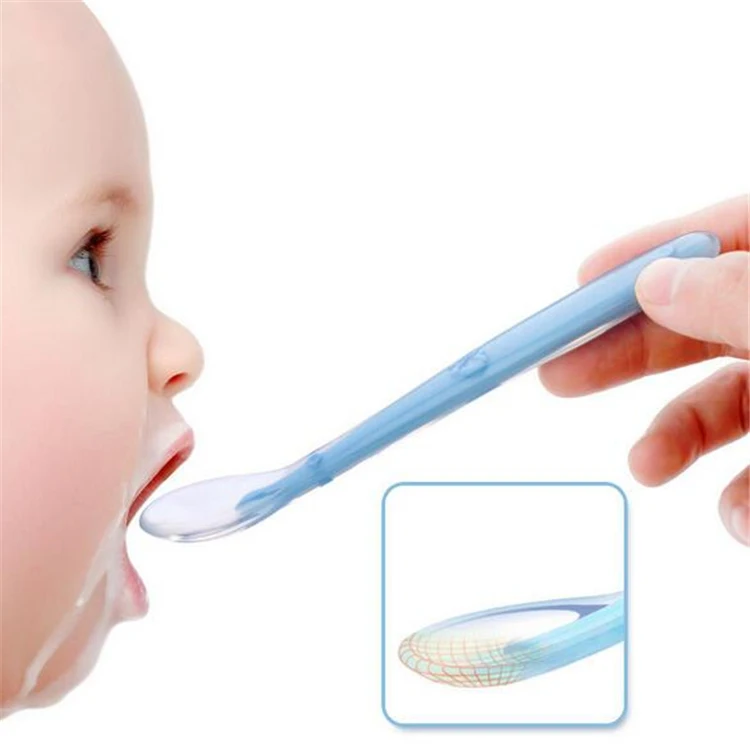
- Get down on eye level with your baby. Do not feed your baby while you are standing above her. When a baby has to look up at you, it makes it more difficult for her to swallow comfortably. Plus, you’ll tend to lift the spoon upward.
- Start with the tip of the spoon dipped in the puree. Think of first tastes as just that — a taste. Gradually work up to a spoonful.
- Bring the spoon toward your baby’s mouth, waiting for him to open and accept the spoon. Reading your baby’s cues is essential. You are building a nurturing relationship where the shared experience of feeding is the foundation. Resist the urge to scrape the food off on your baby’s upper lip or the roof of his mouth. Allow him to close his top lip and suck the puree off the spoon while you guide the spoon straight out of his mouth in tandem. Keeping the spoon parallel to the floor helps your baby develop the proper tongue position for the next phase, swallowing.
- Allow time for your baby to propel the puree backward and swallow.
 This typically takes a second or two, but at first you’ll notice baby pushing the food back out and then swallowing. With time, this suckle reflex (a forward/backward motion) will begin to fade and she will eventually swallow more food than she pushes out.
This typically takes a second or two, but at first you’ll notice baby pushing the food back out and then swallowing. With time, this suckle reflex (a forward/backward motion) will begin to fade and she will eventually swallow more food than she pushes out. - Repeat. Remember to read your baby’s cues, smile, and talk to him. Eating is a social experience. You’ll know your baby is eager to participate if he:
- Opens his mouth as the spoon approaches.
- Leans forward slightly to accept the spoon.
- Has a pleasant expression on his face.
- Gazes at you while you are feeding.
- Grabs at the spoon to bring it to his mouth on his own or with your help.
- If baby closes her mouth, becomes fussy, or is otherwise resistant to eating, don’t force it. Put the food away and feed with breast milk or formula. Then try puree again in another day or two. Watch for signs that your baby is not ready to be fed:
- Turns away from the spoon
- Closes mouth when spoon approaches
- Gags
- Gazes away from the spoon
- Blocks spoon with hands or covers mouth with hands
The Benefits of Starting with Purees
- Reduces gagging and discomfort for baby.
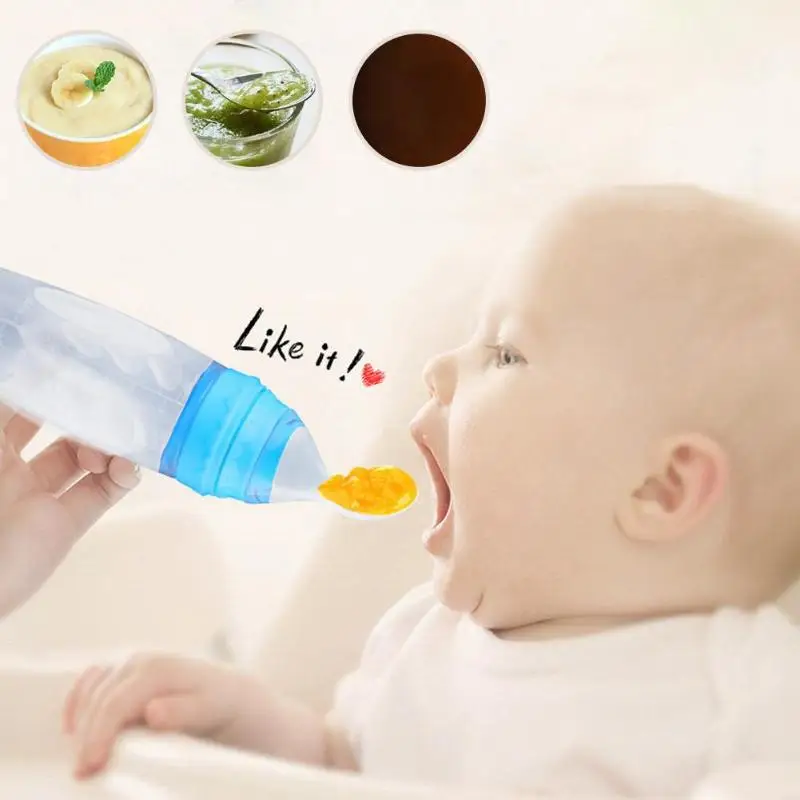
- Increases chance of having a positive first experience with food.
- Helps teach your baby proper swallowing technique.
- Introduces your child to the texture of pureed food
CHOOSING THE RIGHT SPOON
A spoon is simply a tool to present purees. Many parents in countries around the world use their finger, a piece of solid food dipped in puree, or even baby’s own hands as the first tool for presenting “suckable” foods. For the purposes of this book, we suggest a spoon, with the understanding that it’s the act of sucking the puree that is most important.
Parents often feed babies with adult-size spoons or toddler spoons, when in fact the first spoon should be very flat with a small “spoon-bowl.” Babies have small mouths and need small spoons for comfort and for learning how to suck food off a spoon. Choose a spoon that has a flat, narrow bowl just big enough to fit over your baby’s tongue, but not cover the edges of the tongue. Your child needs to be able to lift the sides (lateral margins) of her tongue upward just slightly as the spoon rests on her tongue, then close her top lip and clean the food off the spoon as you draw it out of her mouth.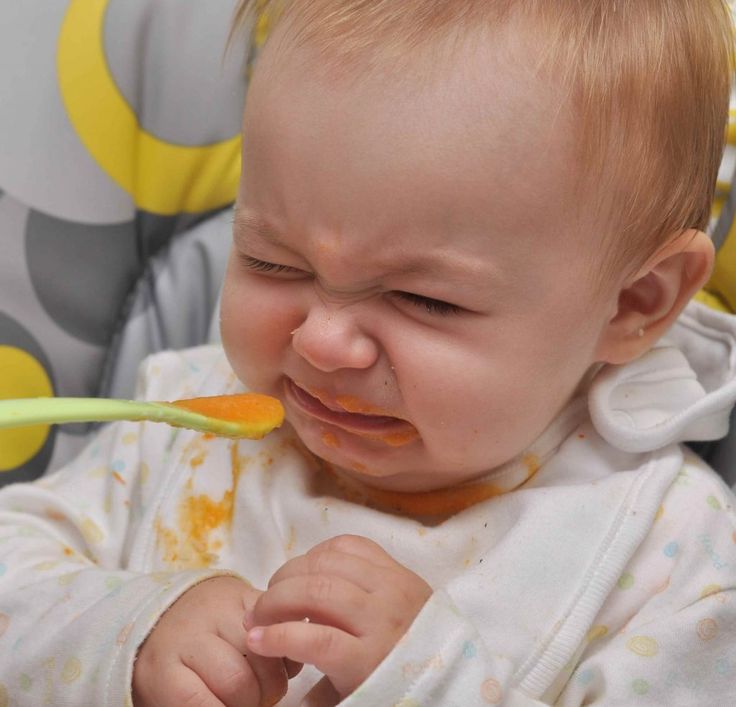 Learning to use the lateral margins of the tongue and the lips (especially the top lip) helps a child develop a mature swallow pattern for chewing and swallowing more advanced textures with ease.
Learning to use the lateral margins of the tongue and the lips (especially the top lip) helps a child develop a mature swallow pattern for chewing and swallowing more advanced textures with ease.
The Transition to Self-Spoon-Feeding
The secret to getting the most out of self-feeding is to know when to move on from exclusive purees. Most babies can start to self-feed by seven months. Although you can continue to offer purees occasionally, they should no longer make up a large part of your baby’s diet after seven or eight months of age. A baby who gets too used to a certain way of eating can become reluctant to try new tastes and textures. He will also miss out on the learning experience of feeding himself at a young age. Once your baby can competently swallow purees, it’s time to introduce self-spoon-feeding and finger foods. Babies will begin dipping with a spoon around nine months of age. The next step is scooping, which may emerge a few months later. Parents can keep offering spoonfuls of purees and mashed foods to their babies until about 12 months of age. Offering a spoon occasionally during this time period exposes children to a variety of tastes and textures while they learn to manage the dipping, and later scooping, stages on their own. Mastering messy, self-spoon-feeding may not happen until about 15 to 18 months.
Offering a spoon occasionally during this time period exposes children to a variety of tastes and textures while they learn to manage the dipping, and later scooping, stages on their own. Mastering messy, self-spoon-feeding may not happen until about 15 to 18 months.
Edited extract from Baby Self-Feeding: Solid Food Solutions to Create Lifelong, Healthy Eating Habits by Melanie Potock and Nancy Ripton, published by Fair Winds Press (£16.99), is out now.
Baby's first spoon | How to teach a child to eat with a spoon by himself
A spoon is an excellent exercise machine for developing fine motor skills. It's hard to eat with a spoon. You need to be able to hit the right end of the spoon first into the plate, then into the mouth, and even not drop the food. Most babies easily cope with this difficult task after a year. That is why in many books the chapter on introducing the spoon begins with the phrase: "Your child is already a year old, it's time to teach him to eat on his own.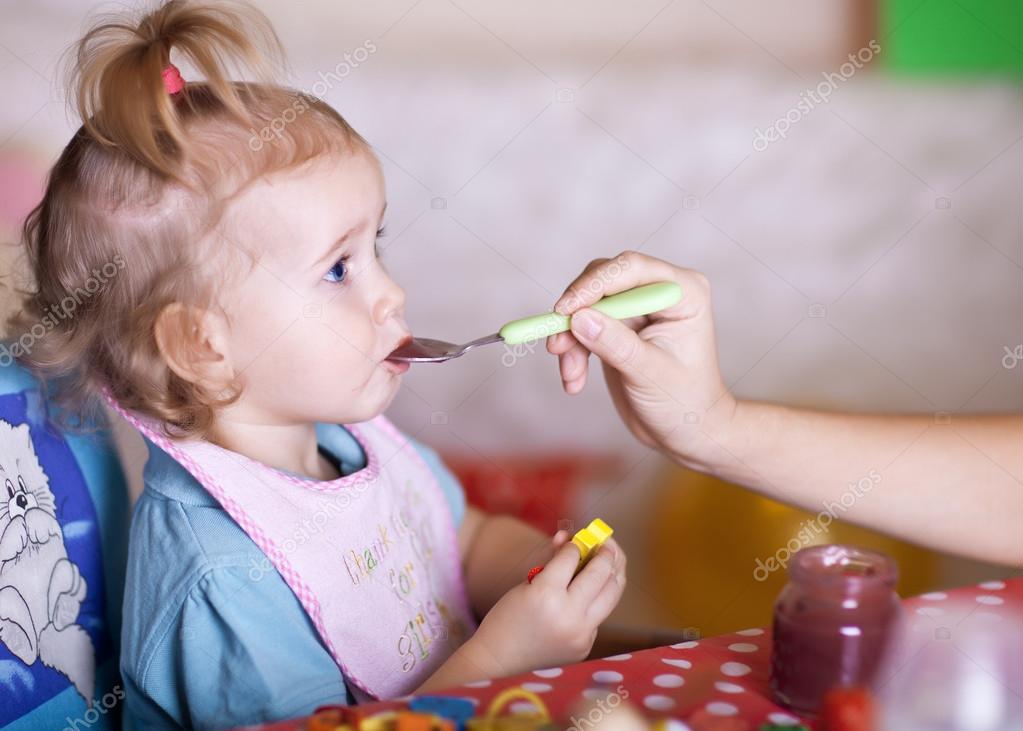 " Indeed, in a year a child will learn to use a spoon faster, but an earlier acquaintance with it will improve the coordination of the baby's hands. So why waste time?
" Indeed, in a year a child will learn to use a spoon faster, but an earlier acquaintance with it will improve the coordination of the baby's hands. So why waste time?
Your baby will not be able to use a spoon before 7-8 months. First, the baby must learn to sit confidently so as not to stagger (do not swing, do not fall) from each wave of the hand. Secondly, it is more convenient to eat from a full plate, that is, a portion of complementary foods should be large enough.
The most convenient product for learning is a thick, viscous porridge. Such porridge can be brought to the mouth even with an inverted spoon. So, as soon as the baby gets used to eating 50-80 grams of porridge, give him a spoon in his hands.
The correct first spoon should be light, made of silicone or food-grade plastic, with a comfortable long handle. You can also use an ordinary tea spoon or a silver spoon donated "for the first tooth", but always with a rounded handle, without sharp corners. A silver spoon must be made of table silver and have an appropriate quality certificate. Keep in mind that some babies don't like the feel of cold metal in their mouths, so it's best to opt for a special baby spoon.
A silver spoon must be made of table silver and have an appropriate quality certificate. Keep in mind that some babies don't like the feel of cold metal in their mouths, so it's best to opt for a special baby spoon.
For the first attempts, it is better to choose a small narrow spoon, it fits well in a small mouth. Such a spoon can be bought at any children's store, but the product must be certified. At the same time, in the economic department, get a large piece of oilcloth.
So, put a plate of porridge and give the baby a spoon. It’s good if the baby has managed to get a little hungry by this moment. First, help your child develop the skill correctly. Grab your baby's hand with your hand and together bring the spoon to your mouth. Part of the porridge will definitely end up on the floor, mother and walls. This is fine. The child can get into the plate with both hands and lick the porridge from his hands, lean towards the plate and eat directly from it. Smart children fill the spoon with their free hand. Allow your child these experiments, in no case scold for carelessness! Now the baby is studying, do not interfere with him. After about five minutes, take the second spoon and feed your baby slowly. Each time, give the crumbs more and more time for independent food, so that in a few months he can eat a significant part of the portion himself.
Allow your child these experiments, in no case scold for carelessness! Now the baby is studying, do not interfere with him. After about five minutes, take the second spoon and feed your baby slowly. Each time, give the crumbs more and more time for independent food, so that in a few months he can eat a significant part of the portion himself.
When the child is used to using a spoon, seat him or her at a common table. Toddlers copy the movements of adults, their behavior at the table. So, on the example of the elders, the child will learn accuracy. At about two years old, a child will be able to eat his soup without spilling a drop. In the meantime, be patient.
Of course, it is faster and easier for an adult to feed a child. But if you postpone the process of accustoming to independence for a long time, the baby may refuse to pick up a spoon.
Why strain yourself, because mom or dad will help anyway!.. If this happens, and the child refuses to eat on his own, do not insist. Just be distracted more often by household chores, leaving a plate (the food in it should not be hot!) And a spoon in front of the baby. At some point, a hungry child will not stand it and will take a spoon in his hands. And, of course, it will smear everything around - this is an obligatory stage of development. But the main thing is that the baby develops and learns independence. And the kitchen can be washed later.
Just be distracted more often by household chores, leaving a plate (the food in it should not be hot!) And a spoon in front of the baby. At some point, a hungry child will not stand it and will take a spoon in his hands. And, of course, it will smear everything around - this is an obligatory stage of development. But the main thing is that the baby develops and learns independence. And the kitchen can be washed later.
Russian Union of Pediatricians
Complementary feeding
How to introduce complementary foods correctly is one of the most pressing issues that concern parents.
In the first months of life, the main food for the baby is breast milk or an adapted milk formula, however, as the child grows and develops, this becomes insufficient and it is necessary to think about the introduction of complementary foods.
Your baby is over 4 months old. He has noticeably grown up, become more active, is interested in objects that fall into his field of vision, carefully examines them and reaches for them.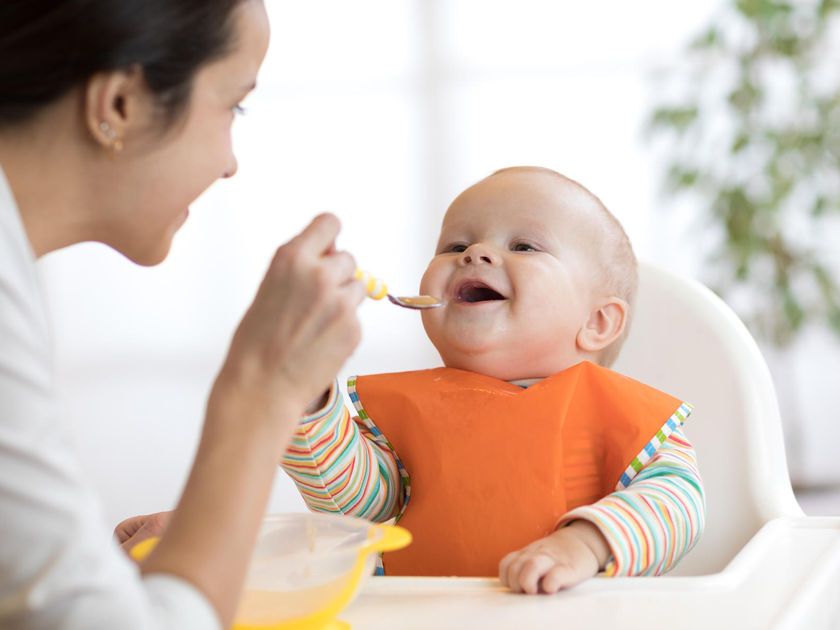 The child's emotional reactions have become much richer: he smiles happily at all people, makes various sounds. Perhaps you notice that the child looks into your plate with interest, closely monitors what and how you eat, does this mean that it is time to introduce complementary foods? And where is the best place to start? Let's figure it out!
The child's emotional reactions have become much richer: he smiles happily at all people, makes various sounds. Perhaps you notice that the child looks into your plate with interest, closely monitors what and how you eat, does this mean that it is time to introduce complementary foods? And where is the best place to start? Let's figure it out!
When should complementary foods be started?
According to the Program for optimizing the feeding of infants in the first year of life in the Russian Federation (2019), the recommended age for the introduction of complementary foods is in the range from 4 to 6 months.
The following points will help determine the readiness of the baby for the introduction of complementary foods:
1. Food interest - you can check its presence as follows: during your meal, give the baby an empty spoon or fork, and if he plays with it, licks it, then there is no food interest yet; but if the child is dissatisfied with the fact that the spoon is empty, food interest has probably appeared.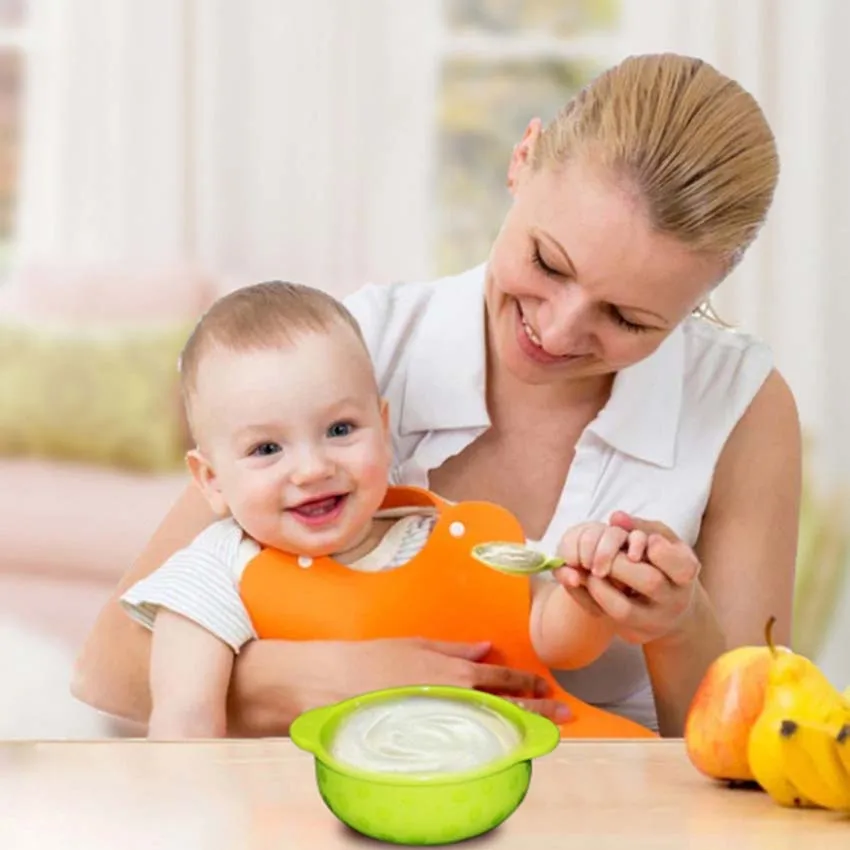 “But how does a child understand that there should be food in a spoon?” Parents often ask. The answer is quite simple: take your baby to the table with you so that he can see how you eat!
“But how does a child understand that there should be food in a spoon?” Parents often ask. The answer is quite simple: take your baby to the table with you so that he can see how you eat!
2. The child can sit alone or with support. It is unacceptable to feed the child lying down, because he may choke.
3. Extinction of the “pushing out” reflex - when the baby pushes out of the mouth both the offered food and the pacifier, etc.
Why is it not recommended to introduce complementary foods before 4 and after 6 months of life?
Before 4 months of life, the baby is not yet ready to digest food other than breast milk or infant formula. By this age, a number of digestive enzymes mature, a sufficient level of local immunity is formed, which reduces the risk of developing allergic reactions, the child acquires the ability to swallow semi-liquid and thicker food, which is due to the extinction of the “spoon ejection reflex”. The introduction of complementary foods after 6 months can cause a pronounced deficiency of micronutrients (iron, zinc, etc. ) and lead to a delay in the formation of chewing skills for thick foods. Too late the introduction of a variety of products increases the risk of allergic reactions. Remember that the timing of the introduction of complementary foods is set individually, taking into account the readiness of the child to accept new foods.
) and lead to a delay in the formation of chewing skills for thick foods. Too late the introduction of a variety of products increases the risk of allergic reactions. Remember that the timing of the introduction of complementary foods is set individually, taking into account the readiness of the child to accept new foods.
Complementary feeding guidelines:
1. introduce a new product in the first half of the day to track possible reactions to it;
2. cereals, vegetable / fruit / meat purees should be introduced, starting with monocomponent ones, gradually adding other products of this group;
3. start giving a new product with 1/2 teaspoon, gradually increasing the volume to the age norm within a week;
4. It is not recommended to introduce new products during acute infectious diseases or at some special moments (moving to another apartment, leaving the city, on vacation, illness of parents, etc.).
What is the best way to start complementary foods?
The first complementary food can be anything.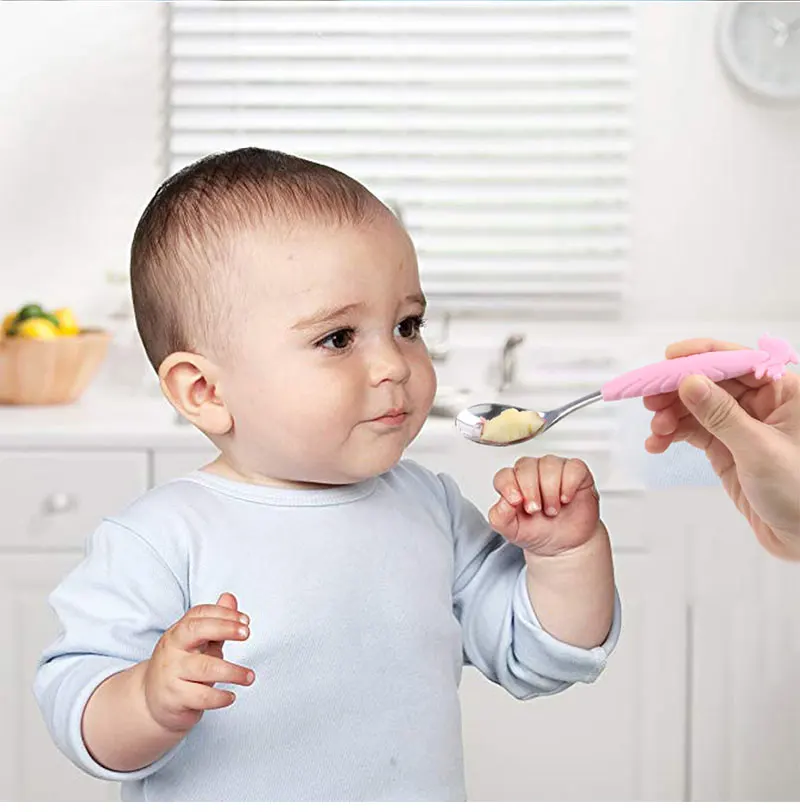 Often parents worry that if the child first tries the fruit, then because of its sweet taste, he will refuse other foods. We hasten to reassure you: breast milk is also sweet, so babies may like sweet fruits / berries more, but this does not mean at all that he will refuse vegetables or cereal. Traditionally, they begin to introduce complementary foods in the form of mashed potatoes, but if the child shows interest in "pieces", then, observing the safety rules, you can give them. Also, along with the introduction of complementary foods, you can offer the child water.
Often parents worry that if the child first tries the fruit, then because of its sweet taste, he will refuse other foods. We hasten to reassure you: breast milk is also sweet, so babies may like sweet fruits / berries more, but this does not mean at all that he will refuse vegetables or cereal. Traditionally, they begin to introduce complementary foods in the form of mashed potatoes, but if the child shows interest in "pieces", then, observing the safety rules, you can give them. Also, along with the introduction of complementary foods, you can offer the child water.
With the start of the introduction of complementary foods, the child is gradually transferred to a 5-time feeding regimen. If the baby shows that he is full and does not want to eat anymore (for example, leaning back or turning away from food), then you should not continue to force feed him, because this can lead to eating disorders in the future. Also, do not force the child to eat as much as possible before bedtime in the hope that he will not wake up for nightly feedings.
Traditionally, in our country, complementary foods begin with vegetables or cereals.
Vegetables: zucchini, broccoli, cauliflower, pumpkin, etc. If the child did not like the dish, for example, broccoli, do not give up on your plan and continue to offer this vegetable in small quantities daily, you can even not once, but 2-3 times, and after a while (7-14 days) the baby will get used to the new taste. This diversifies his diet, will help form the right taste habits in the child.
As for cereals, it is worth starting with dairy-free gluten-free ones - buckwheat, corn, rice. You can use commercial baby food porridge, which is primarily fortified with iron. In addition, such porridge is already ready to eat, you just need to dilute it with water, which will save you a lot of time.
It is also recommended to add oil to food, for example, to vegetable puree - vegetable, and to porridge - butter.
From meat products, lean meats, such as mashed turkey or rabbit, are most preferred to start complementary foods. Meat puree contains iron, which is easily absorbed, and adding meat to vegetables improves the absorption of this micronutrient from them. Subsequently, the daily use of children's enriched porridge and meat puree allows you to meet the needs of babies in iron, zinc and other micronutrients.
Meat puree contains iron, which is easily absorbed, and adding meat to vegetables improves the absorption of this micronutrient from them. Subsequently, the daily use of children's enriched porridge and meat puree allows you to meet the needs of babies in iron, zinc and other micronutrients.
When introducing fruit purees (apple, pear, peach, prunes, etc.) into your baby's diet, you should pay special attention to the composition of the product - it is important that it does not contain added sugar.
Fish is a source of easily digestible protein and contains a large amount of polyunsaturated fatty acids, including the omega-3 class, as well as vitamins B2, B12, and minerals. Preference should be given to oceanic fish, preferably white (cod, hake, pollock, sea bass, etc.), salmon can be recommended from red, and pike perch from river.
Fermented milk products are prepared using a special starter culture that breaks down milk protein, so that the baby can get an indispensable set of amino acids in a well-available form.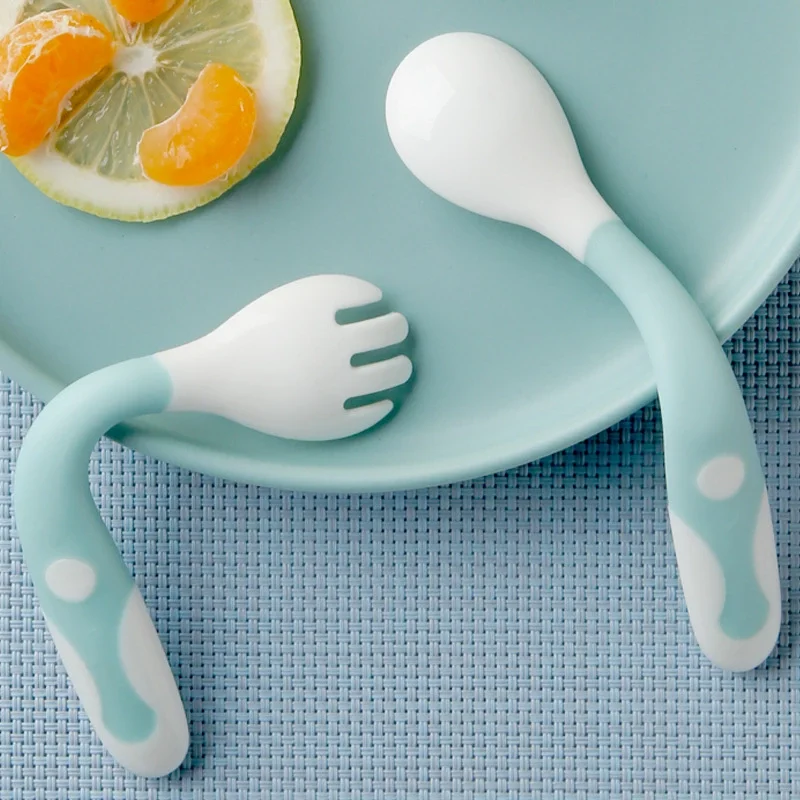 Some foods have added prebiotics, certain vitamins and minerals. Their regular use favorably affects the functioning of the intestines, increases appetite and the absorption of micronutrients.
Some foods have added prebiotics, certain vitamins and minerals. Their regular use favorably affects the functioning of the intestines, increases appetite and the absorption of micronutrients.
Recommendations and timing of the introduction of complementary foods for children at risk of developing food allergies and suffering from food allergies are the same as for healthy children. Delayed introduction of highly allergenic foods has previously been recommended to prevent the development of allergic diseases in children at risk. There is now evidence that this practice may lead to an increase rather than a decrease in the incidence of food allergies. The most common highly allergenic foods include cow's milk, chicken eggs, soybeans, wheat, peanuts, tree nuts, shellfish and fish. If a child has a high risk of developing allergies or an existing allergic disease, it is recommended to consult a pediatrician, an allergist-immunologist before introducing highly allergenic products.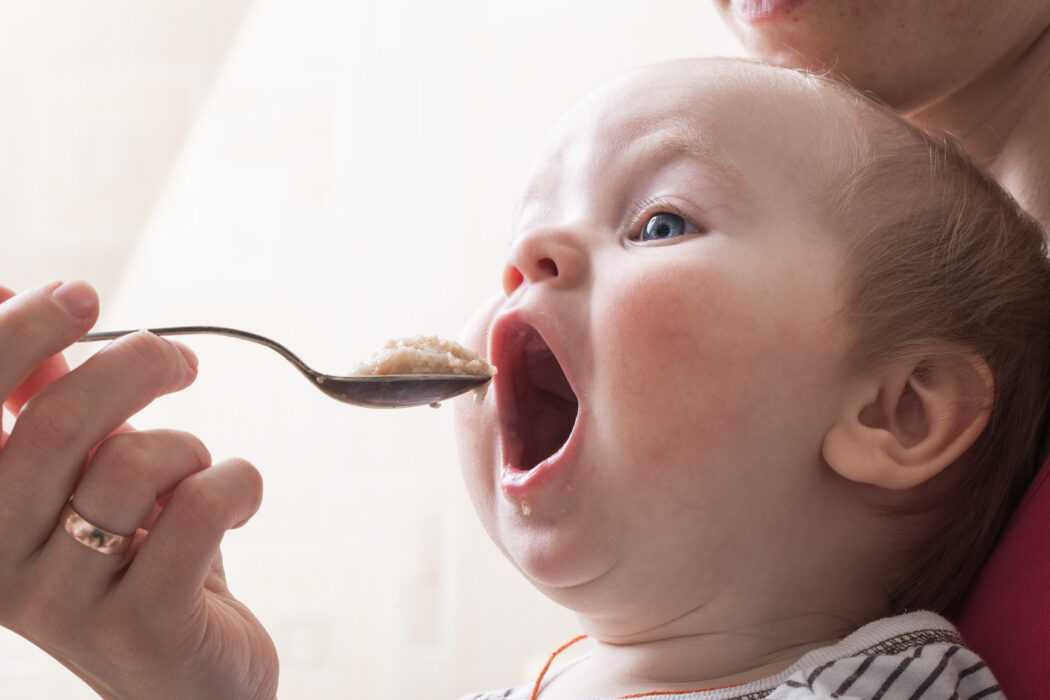
By the age of 8 months, when all the main food groups have already been introduced and your baby is improving his skills to eat on his own, special attention should be paid to the diversity of the composition of dishes and the change in the consistency of food - from puree to finely and coarsely ground. Soft foods cut into small pieces (fruits, vegetables, meat, etc.) are perfect for a little gourmet, which diversifies his diet and will contribute to the formation of chewing skills.
By 9-12 months, most babies have the dexterity to drink from a cup (holding with both hands) and to eat foods prepared for other family members. This behavior needs to be encouraged, but combined with regular feeding to meet energy and nutrient requirements.
It is advisable to use industrial products that are designed specifically for young children after a year.
What should not be given to the baby?
It is not recommended to add salt or sugar to food to enhance the taste.
Drinks that should be avoided include fruit juices, whole cow and goat milk (whole milk is not recommended for children under one year old, and even longer, due to a high risk of developing iron deficiency and increased kidney stress), sweet fruit drinks, compotes and carbonated drinks.
Also, some foods should be excluded from the diet of infants: solid round foods (for example, nuts, grapes, raw carrots, raisins, peas, etc.), due to the fact that the child can choke on them.
It is not recommended to eat products with added sugar, for example, confectionery (marshmallow, marshmallow, marmalade, jam, jam, cookies, waffles, etc.), etc.
You should not give your child the meat of large predatory fish (shark, bigeye tuna, king mackerel, swordfish): these types of fish accumulate more harmful substances than others.
It is forbidden to give honey to children under one year old due to the fact that it may contain spores of Clostridium botulinum bacteria, which in the still immature digestive system of babies are able to multiply, produce toxins directly inside the intestines and, thus, cause infant botulism, which can be fatal. outcome.
outcome.
Do not give babies raw meat, fish, eggs, caviar, salted fish, soft pickled cheeses because of the risk of intestinal infections.
If you follow all these simple rules, your baby will grow up healthy and happy!
Diets for different ages
References:
1. Methodological recommendations. The program for optimizing the feeding of children in the first year of life in the Russian Federation. [Internet]. - M.: Union of Pediatricians of Russia, 2019. [Methodicheskie rekomendaczii. Programma optimizaczii vskarmlivaniya detej pervogo goda zhizni v Rossijskoj Federaczii. [Internet]. – Moscow: Soyuz pediatrov Rossii, 2019.(In Russ.).] Available: http://www.pediatr-russia.ru/information/dokumenty/other-docs/nacprog1year_2019.pdf Link active as of 20.04.2020
2. Duryea T.K. Introducing solid foods and vitamin and mineral supplementation during infancy. In: Post T, ed. UpToDate . Waltham, Mass.: UpToDate; 2020.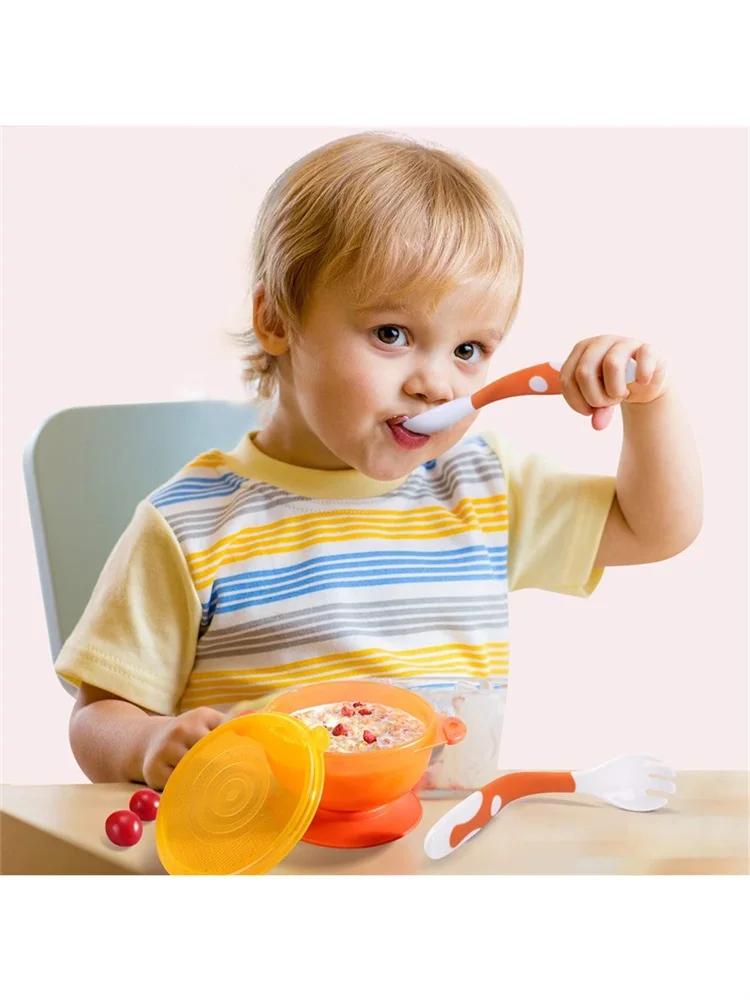

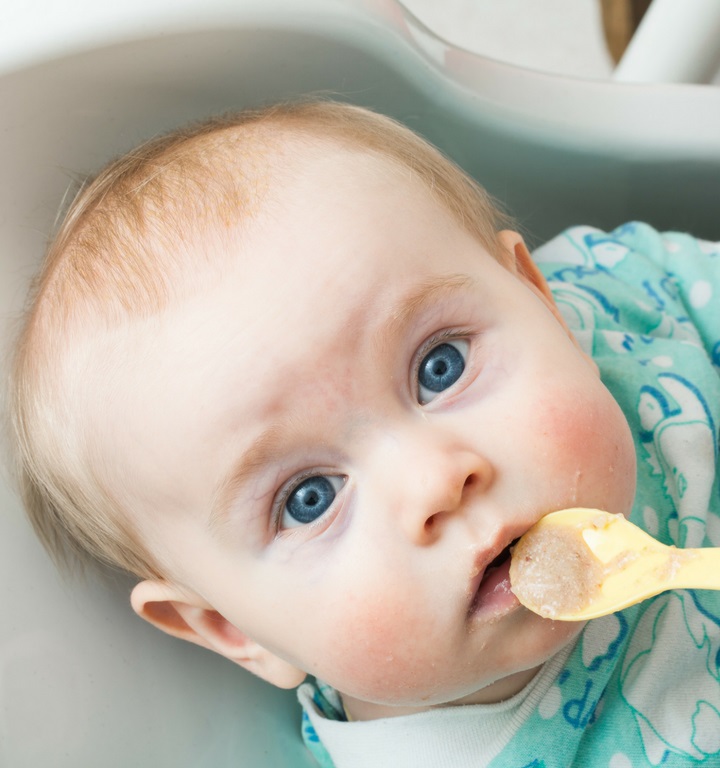
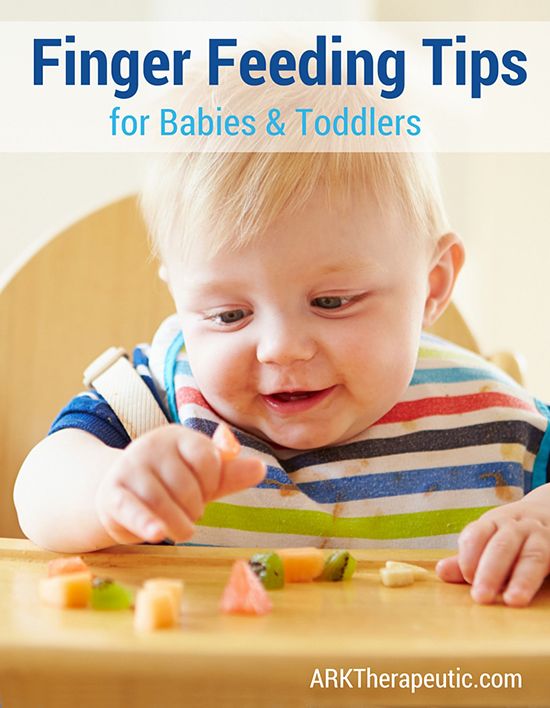
 Occasional "red, brick-coloured" staining (uric acid crystals) is normal until day 3. At 3 days old has at least 3 brown/green/yellow, soft stools.
Occasional "red, brick-coloured" staining (uric acid crystals) is normal until day 3. At 3 days old has at least 3 brown/green/yellow, soft stools.
 Crying is a late sign of hunger
Crying is a late sign of hunger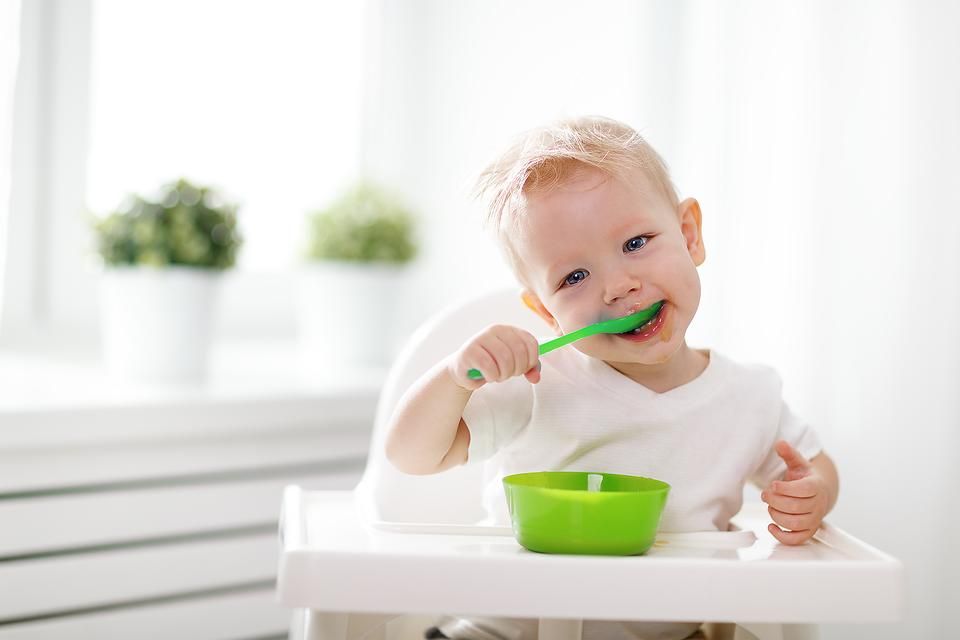 5 oz) per week. They usually double their birth weight by 3 to 6 months.
5 oz) per week. They usually double their birth weight by 3 to 6 months. 
